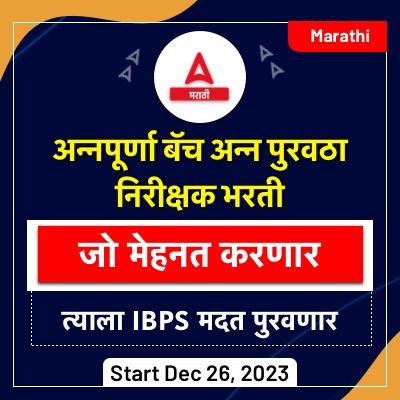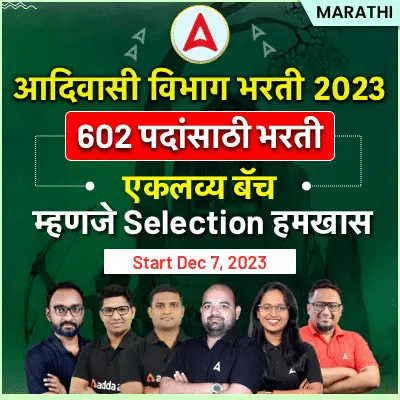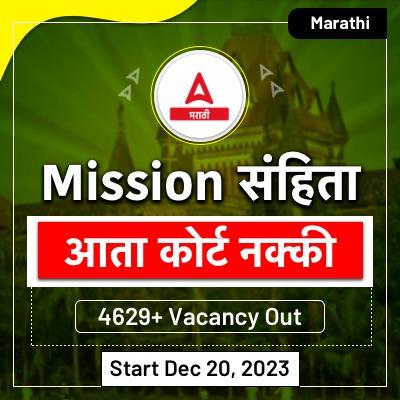A door to a housing scheme, tribals find hard to open
(The Hindu, 27/05/24)
Who are Particularly Vulnerable Tribal Groups (PVTG)?
- In India, tribal population makes up for 6% of the total population. PVTGs are more vulnerable among the tribal groups.
- In 1973, the Dhebar Commission created Primitive Tribal Groups (PTGs) as a separate category, who are less developed among the tribal groups. 2006 Union Govt. renamed PTGs as PVTGs.
- PVTGs have some basic characteristics – they are mostly homogenous, with a small population, relatively physically isolated, absence of written language, relatively simple technology and a slower rate of change
- 75 PVTG groups (out of 705 STs) spread across 18 states & UT of Andaman & Nicobar Island. According to official data, they comprise around 14.6 lakh households.
What is Pradhan Mantri Janjati Adivasi Nyaya Maha Abhiyan (PM JANMAN) Scheme?
- Launched in Nov 2023, with the objective of addressing socio-economic challenges faced by Particularly Vulnerable Tribal Groups (PVTGs) in India.
- Beneficiary scope – 75 Particularly Vulnerable Tribal Groups (PVTG) communities in 18 states & the Union Territory of Andaman & Nicobar Islands.
- 9 Ministries, including the Ministry of Tribal Affairs are involved.
- Focus area – 11 critical interventions, encompassing various sectors such as housing, infrastructure, healthcare, education & connectivity.
- Key components– Provision of pucca houses – Connecting roads – Water supply projects – Mobile medical units – Hostels – Vocational education – Anganwadi Centers – Multipurpose centres – Electrification – Solar off-grid systems – Solar lighting – Setting up Village Development Knowledge Centers (VDVKs) – Installation of mobile towers.
- Significance: Improve the overall living standards of PVTGs and help them participate more effectively in India’s economic growth.
What is the PM JANMAN Housing Scheme?
- As an initiative under PM JANMAN Scheme, the housing scheme aims to ensure that every PVTG household has access to secure and habitable housing, safeguarding them from environmental challenges and providing them with a sense of security.
- It aims to provide safe housing to 4.9 lakh Particularly Vulnerable Tribal Groups (PVTGs) households by 2026.
- Households under the scheme are entitled to receive ₹2.39 lakh each in three instalments through Direct Cash Transfer.
- Government of India has provided an ‘Awaas+’ mobile app to block/panchayat-level officials to register PVTG households for the PM JANMAN Housing scheme for collecting geographic details, household profiles and bank details for Direct Cash Transfer.
What are the challenges faced by PVTGs in registering for the PM JANMAN Housing scheme?
The Awaas+ mobile app for registration has limitations:
- Jobcard Issues: Having a jobcard is mandatory for PM JANMAN Housing registration. Discrepancies between app village lists and MGNREGA jobcards lead to confusion and exclusion. Also, deleted MGNREGA jobcards make some PVTGs ineligible
- Inaccurate Pre-populated Data: The app’s village lists might not match reality.
- Limited Guidance: Lack of guidance for Aadhaar-less PVTGs and lack of specific “PVTG” category leads to errors.
- Cumbersome Bank Selection: The app presents overwhelming bank options, creating complexity.
- Exclusion of IPPB: The app omits India Post Payments Bank (IPPB) as a bank choice, despite its focus on rural areas.
What are the potential solutions suggested in the article?
- The potential solutions suggested include streamlining the registration process, updating the mobile app, incorporating IPPB as an option, reinstating deleted jobcards, and involving gram sabhas for community engagement initiatives
Can you answer the following question?
Critically examine the challenges faced by PVTGs in registering for the PM JANMAN Housing Scheme. Suggest solutions to ensure successful implementation and reach wider PVTG participation
Import policy must be well-integrated with minimum support policy
(Indian Express, 27/05/24)
India’s agri-imports in 2023–24 have registered a notable decline of 8 per cent, dropping from $35.7 billion in 2022–23 to $32.8 billion in 2023–24.
- The average annual growth rate (AAGR) of agricultural imports have slowed down — from 14% during the 2004−05 to 2013–14 (UPA government) to 9% during 2014–15 to 2023–24 (Modi government).
Does this decline in AAGR in agri-imports indicate self-sufficiency in agriculture?
Not necessarily. There are other reasons for this decline:
- Oil Import Bill Reduced on account of decreased international prices:
- India imports roughly 55 to 60 per cent of its edible oil consumption. Within the spectrum of edible oils, palm oil accounts for over 50 per cent, followed by soybean and sunflower.
- The import value of edible oils decreased from $20.8 billion to $14.9 billion, primarily due to lower global edible oil prices and not due to increased domestic production.
- In terms of quantity of edible oils imported, it remained relatively stable, hovering around 15–16 million metric tonnes (MT) during both 2022–23 and 2023–24
- Government’s intervention in Pulse imports reduced the import bill
- In 2016–17, pulses production at home had suddenly increased by about 6 MT à led to a glut and fall in domestic prices of many pulses (even below MSP)
- Government of India intervened and started to impose high import tariff and quantity restrictions on pulses imports so as to protect domestic production.
- However, due to slow growth in domestic pulse production from 2022 onwards and high inflation in pulses, the government has now liberalized imports with zero import duty until 2024-25. Such a measure aims to control inflation but might hurt farmers’ income.
What can be a more rational trade policy for pulses?
- First, instead of a sudden drop to zero import duty, it could have been more calibrated.
- Second, it must ensure that the landed import price of major pulses is not below the Minimum Support Prices (MSP).
- Third, if domestic prices go below MSP, then NAFED should undertake large scale procurement at MSP to build its buffer stocks. Else, pulses farmers will lose heavily and their enthusiasm to produce more pulses may reduce.
What measures can be taken for achieving self-sufficiency in edible oils?
- Achieving self-sufficiency in edible oils through traditional oilseeds like mustard, groundnuts, and soybeans would necessitate an additional area under oilseeds to the tune of 35 to 40 million hectares, which is not feasible.
- Only way to achieve self-sufficiency is to promote palm oil at home on about 2 million hectares that is identified as a suitable area for this crop. This is the only crop that can give almost 4 tonnes of oil/ha.
Can you answer the following question?
India’s agricultural imports growth have witnessed a decline in recent years. Analyze the factors contributing to this trend. Suggest a more balanced approach to trade liberalization that considers both farmer welfare and consumer interests
महाराष्ट्रातील सर्व स्पर्धा परीक्षांसाठी ऑनलाईन क्लास, व्हिडिओ कोर्स, टेस्ट सिरीज, पुस्तके आणि इतर अभ्यास साहित्य खाली दिलेल्या लिंक वर क्लिक करून मिळवा.
अड्डा 247 मराठीचे युट्युब चॅनल
अड्डा 247 मराठी अँप | अड्डा 247 मराठी टेलिग्राम ग्रुप











